The Cascade & Ha-Ha!
This stop on the Bromley Town Centre Park Trail looks at two of the Grade II listed historic features of the park.
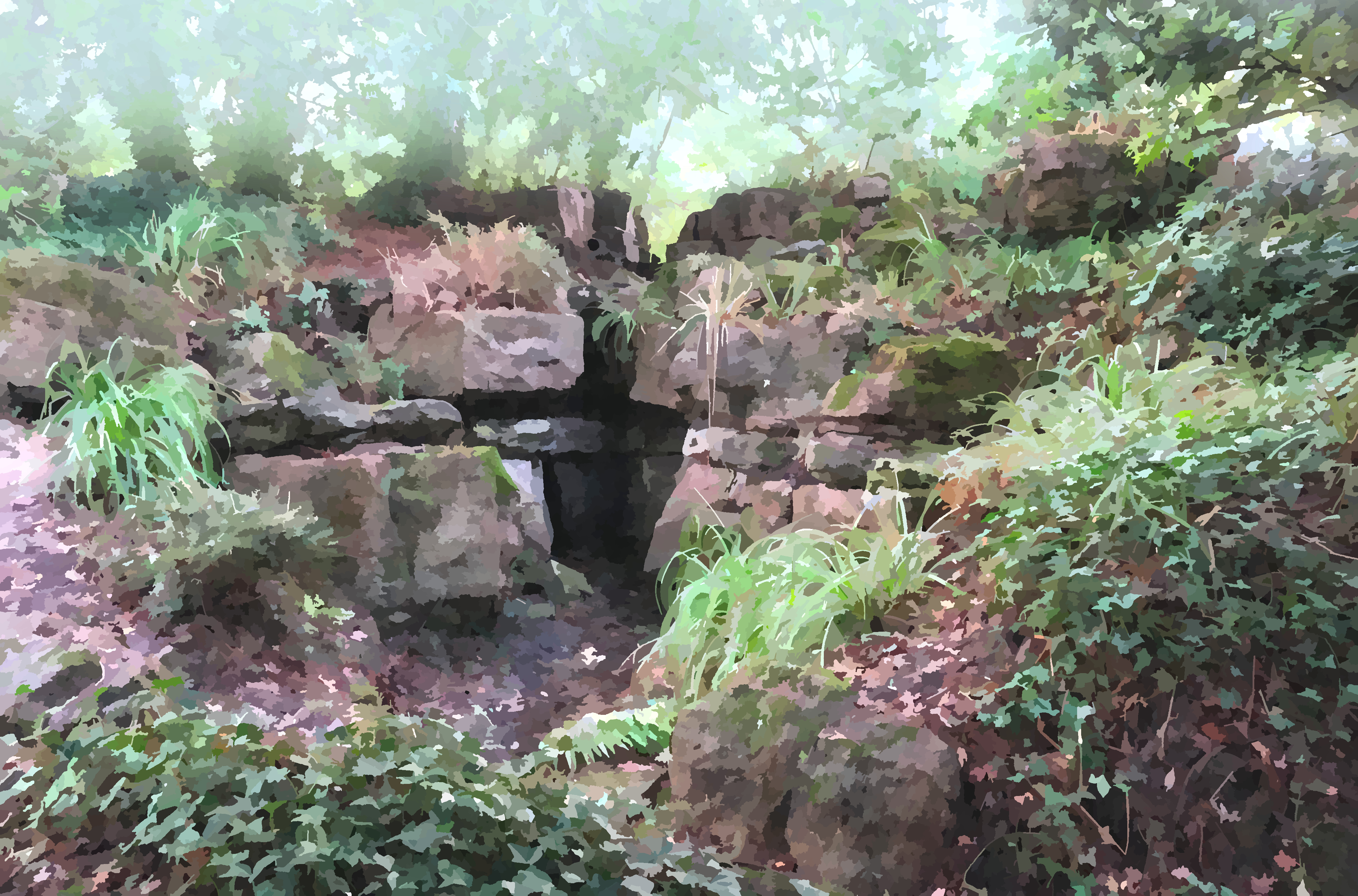
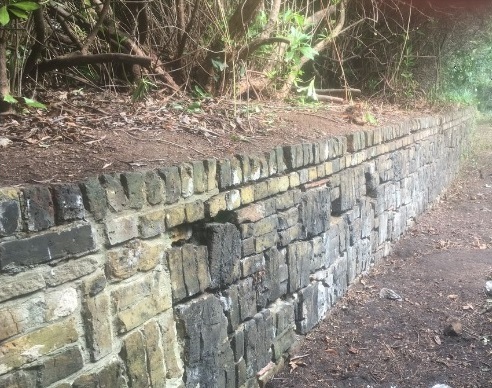
The Pulhamite Cascade Installation (Grade II Listed by Historic England)
In the 1700s, young aristocratic men would go on a ‘Grand Tour’ of Europe, and from the landscapes they saw, a fashion grew up for ‘Gothic’ features in the gardens of landed gentry, including gloomy glens and waterfalls. Like much of southern England, Bromley is underlain by clay and gravel, rather than hard rocks where waterfalls might naturally occur. So, James Pulham came up with an early recipe for concrete, and could supply the fashionable by building these features in their gardens – in this case, a waterfall with realistic looking ‘Pulhamite’ rocks so that waterfalls could be convincingly created.
The Monet-style bridge
Our cascade also had a little bridge at the top – unfortunately, for some reason the council contractor has moved this to the bottom. The bridge was probably only for visual effect – you had to have good balance to cross with it, as it is rather small and narrow.
No natural waterfalls? No Problem, we’ll make one (for a price)!
You live somewhere, where nature has not provided your garden with a waterfall? Or not even any rocks at all, for many a league? Then James Pulham and Son can craft you one that is so convincing it can deceive a naturalist (though they never said who the disillusioned naturalist was).
This Pulhamite waterfall, The Cascade, makes the mundane outlet for the Moat (well, fishpond most of the time) into a fashionable feature, the dam itself becomes decorative. Unfortunately, the top basin of the cascade is cracked so the water no longer tumbles down the face.
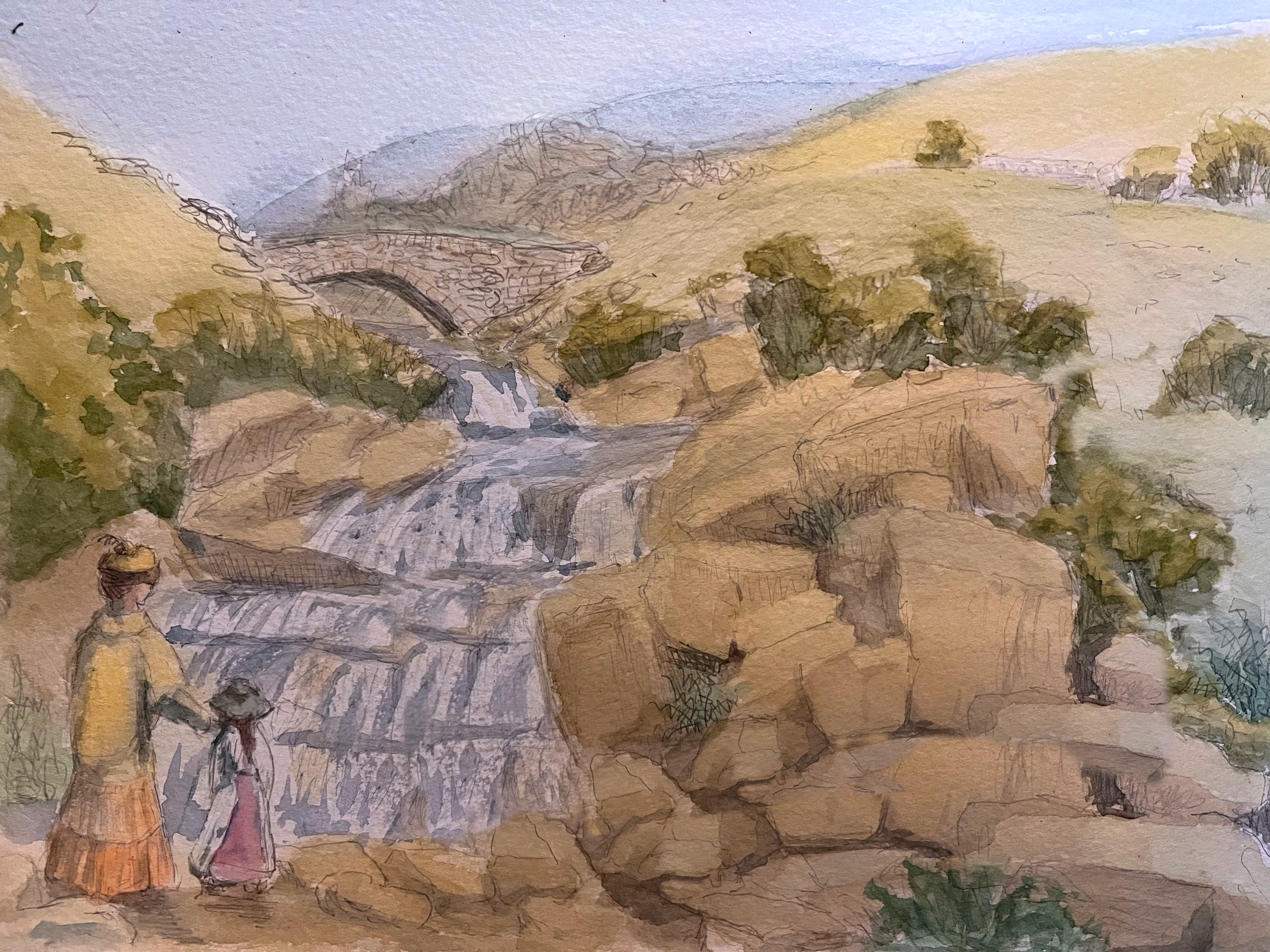
Field Trips to observe the Original
James Pulham & Sons sent their craftsmen to Derbyshire to observe the Millstone Grit rocks. There, the gritstones form ‘scars’, small cliffs, across the hillsides. Seeing how the rocks outcrop, helped them imitate it convincingly in their installations (no photos in those days).
The Ha-ha! (Ah-ha in French)
The Georgians had Infinity Views instead of an Infinity Pools.
The recently revealed Ha-Ha, is a fine brick example, added by James Pulham when his company built the Fernery, Cascade and Folly for the (new) Lord of The Manor of Bromley, Charles Coles Child esq, Standing on top of the Ha-ha meant that you had a fine view over the valley and down to the River Ravensbourne where St Marks Church was built a few years later.
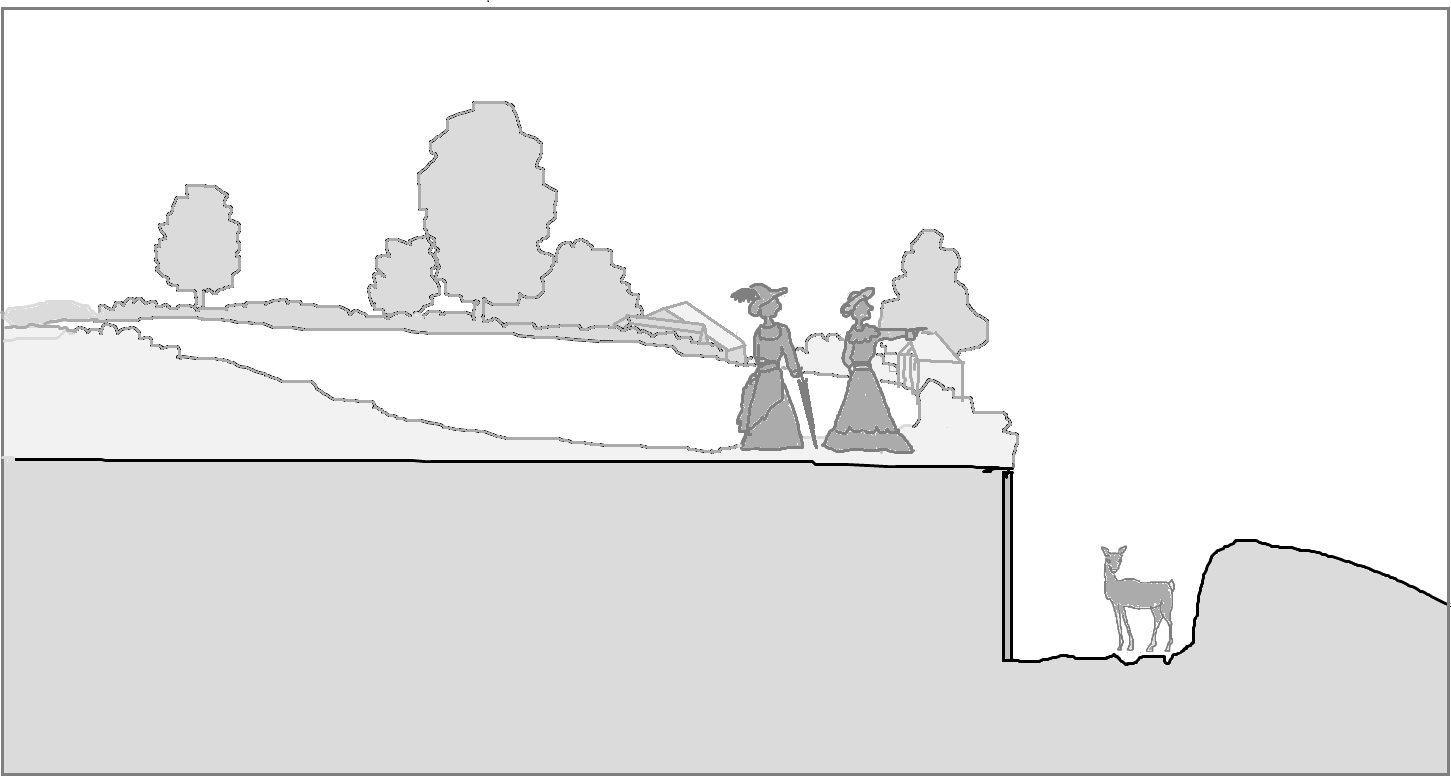
It’s thought they are called ‘Ha-Ha’s because the ‘infinity’ view would lead to a surprise when the drop and ditch was revealed, here’s the explanation from the National Trust:
Originally a feature of formal French gardens of the early 18th century, the ha-ha was first described in print in 1709 by the gardening enthusiast Dezallier d’Argenville in his La Theorie et la Practique du Jardinage (The Theory and Practice of Gardening). According to d’Argenville – and his first English translator, John James – the ha-ha derived its name from the success of the optical illusion it created from a distance on viewers of the garden: the concealed ditch and wall would ‘surprise the eye coming near it, and make one cry,‘Ah! Ah!’’
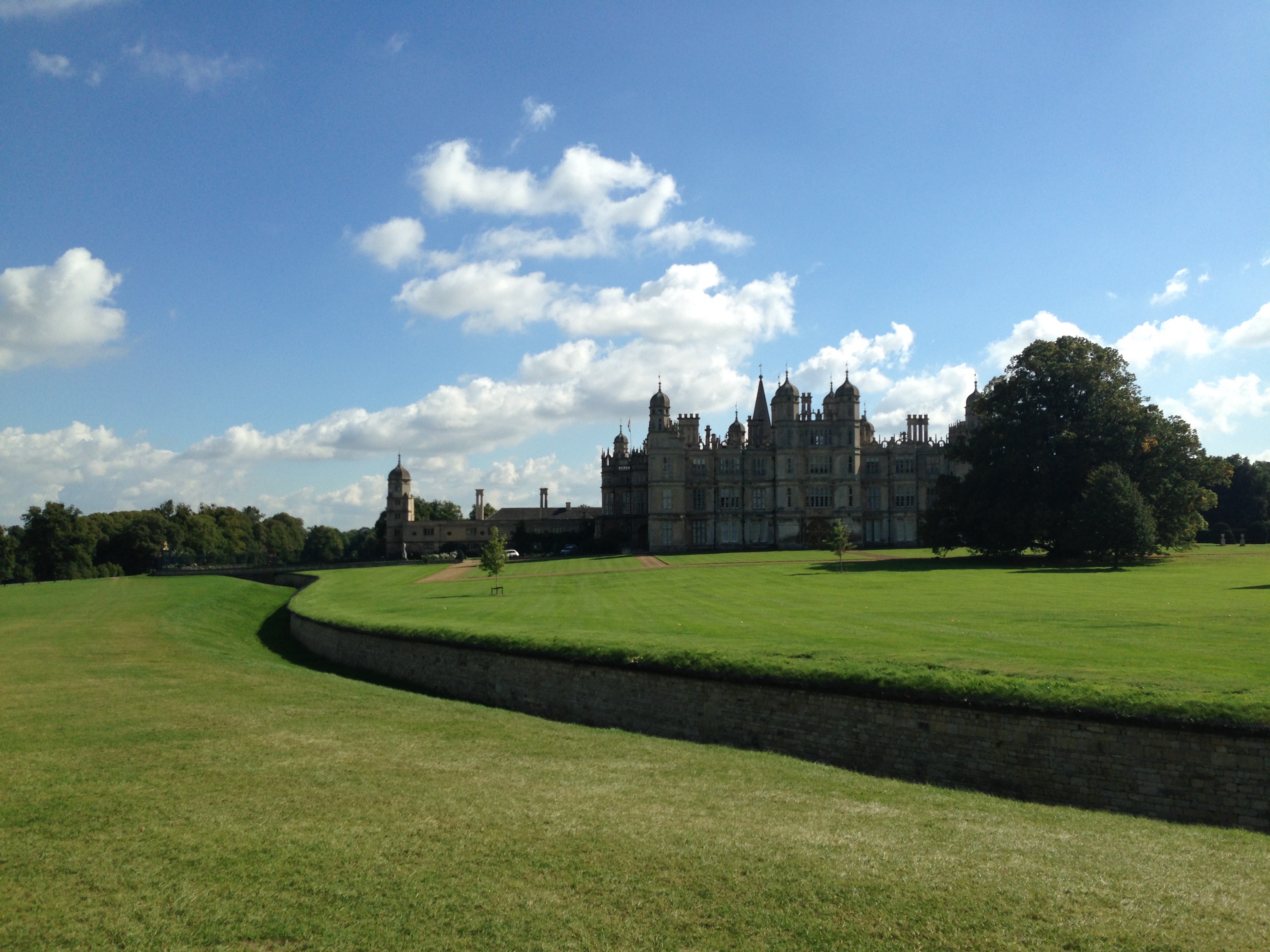
To continue the Heritage Trail, take a few more paces down the Carriage Drive to reach an elegant porch.
The page on the Civic Society website for the Pulhamite Cascade is here, and the Ha-ha! here, and the one for the whole of the Palace Park is here.

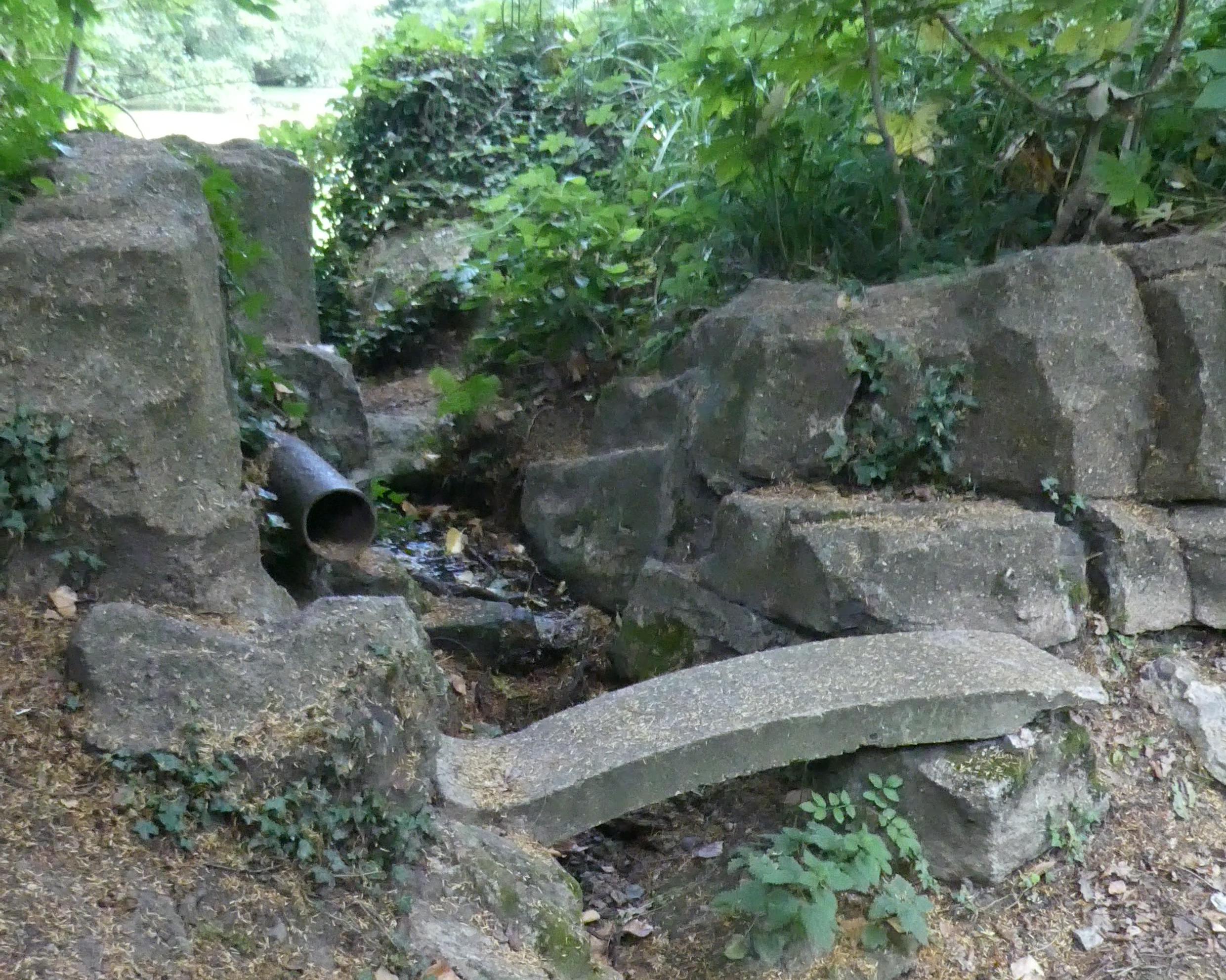
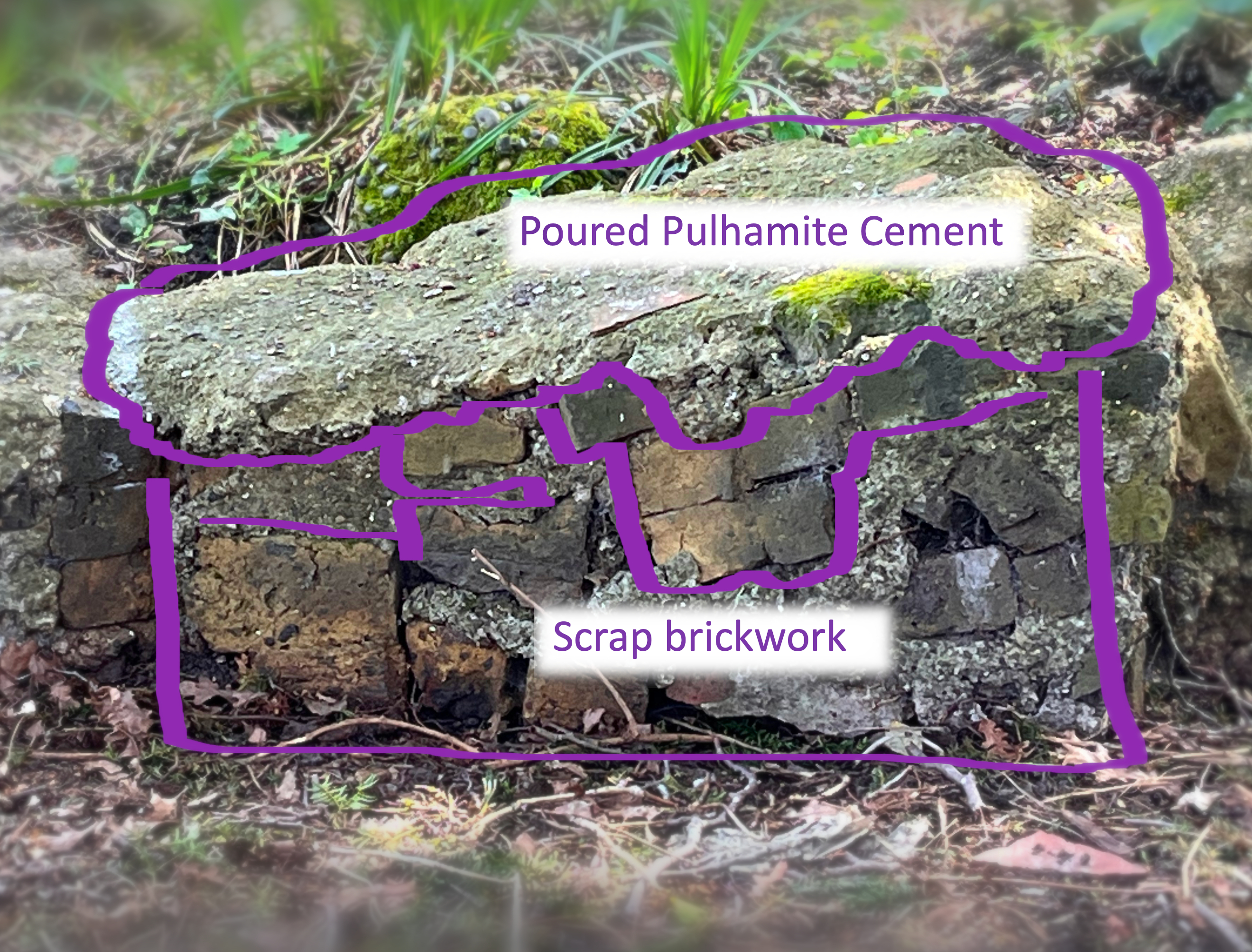
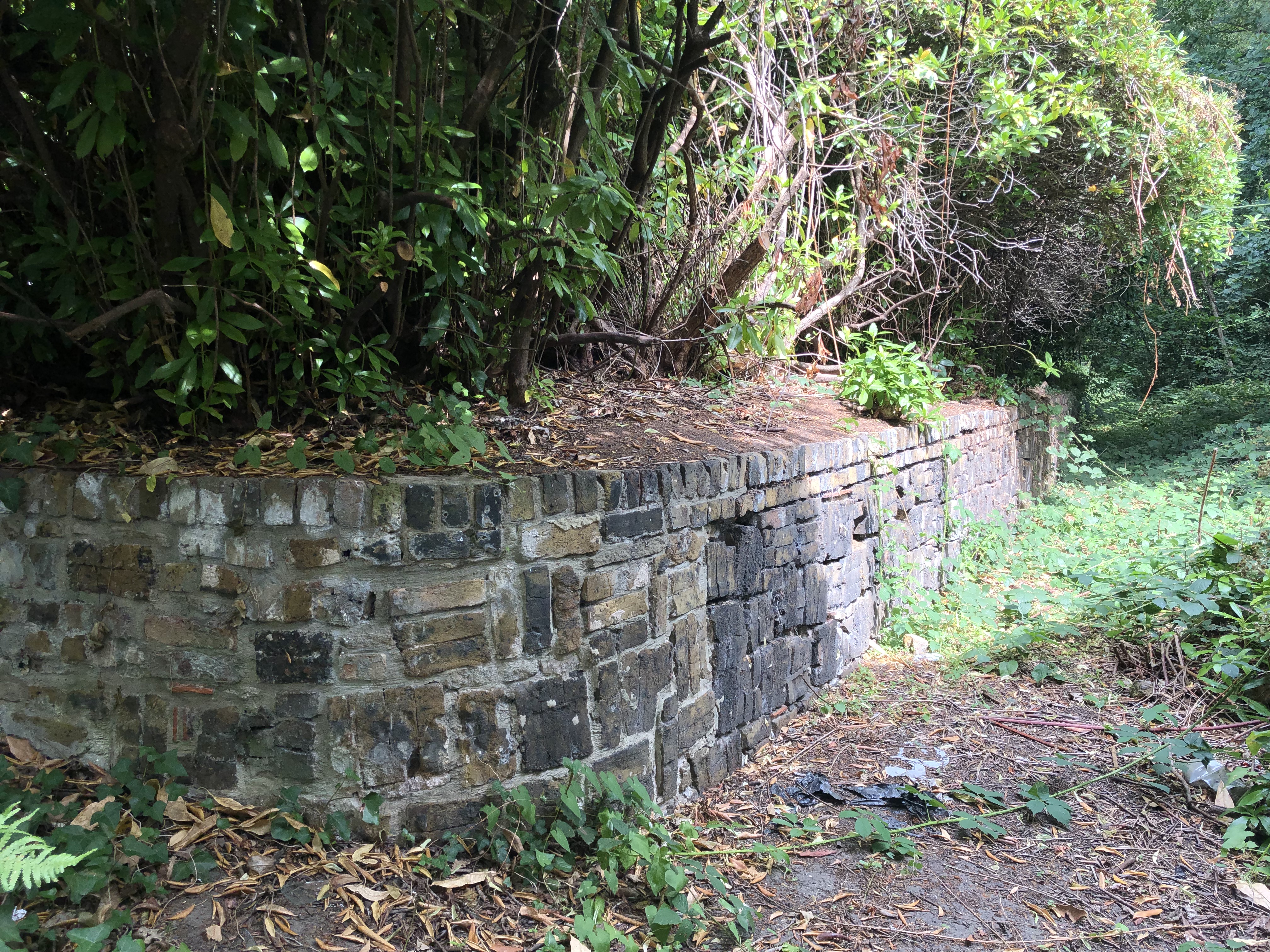
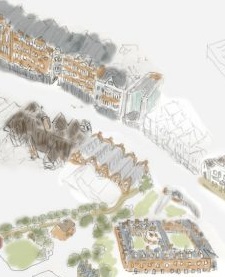
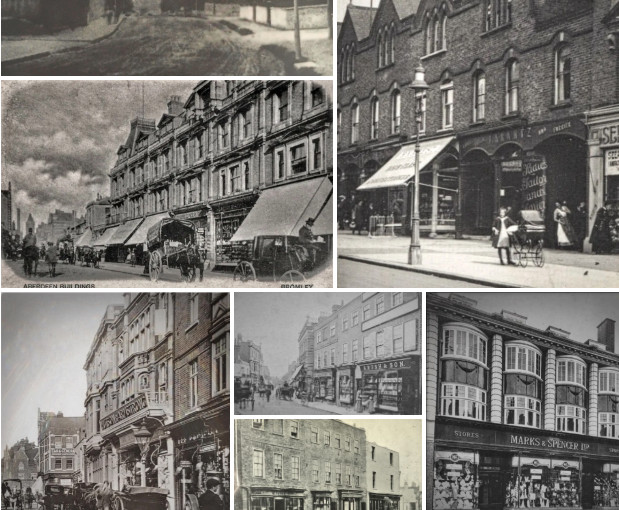 Browse our old photos, in
Browse our old photos, in 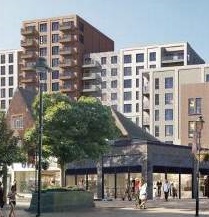 from being dominated by tower blocks: Look here and email our ward councillors about:
*
from being dominated by tower blocks: Look here and email our ward councillors about:
*